In regard to how BHS might secure the future of the Tefft House a consortium of participants who purchase, restore, maintain, and use the building for nonprofit activity is an idea worth further discussion. I think that the Brewer Historical Society ultimately wants the building preserved, but the issue of restoration and maintenance of this amount of square footage is an obstacle at this point. In embracing some of the terminology that has been bandied about in the media and political circles, "transparency" might be a key to moving forward on this project. That would be transparency with others outside the BHS circle, or "box" (you choose the metaphor).
Why not announce in the papers BHS's intentions, set a date, have a forum with local non-profits who can see themselves in the building and making use of it, if it were brought back from the dead and infused with life again? Such a meeting might be productive. We, the BHS, could sell the community on the idea with a power point presentation with some mock-up art work, computer generated or other, of what the building could be. I volunteer to create a presentation package with a mock up of what the house could look like ( I would need some help), using materials had at the local art supply store. This would explore an alternative to the BHS buying the building solo and create a shared ownership situation. Its proposed use as a museum, use as an arts, folklore, and cultural center, would not change but it could also be a number of other things too. There is the potential for a large archival and artifact storage etc. of not only the BHS’s holdings but other local historical societies who have a mission to collect and preserve but currently don’t have a facility of their own. A combined collection of all these institutions would offer “one stop shopping” for the public through greater access for perusal and research as well as display.
An idea might be to sell the idea to Eddington Historical Society, Orrington Historical Society, as well as Brewer Historical Society as a project that all could benefit from, and that all could potentially profit from with greater opportunity for grant funding, public admission revenues, and reproduction sales especially of document facsimiles and vintage photo scans. Overtures might also be made to other nonprofits. You tell me who they might be? Combining forces and creating something together for the first time---A museum that serves all three areas---"as one we are many") Each communities' identity could be served and preserved (emphasizing that to these institutions would be key) through a board with representatives from each. Each historical society could continue to exist and nurture their current constituencies, but there would be a greater opportunity to attract whole new age and interest demographics if there was having a museum at the heart of their respective missions.
After all these communities all share a common high school, why not a common museum? A Board made up of all these would be key. Each historical society could seek grant money on their own as well. . These organizations all need a place for their stuff, and insuring such a place would be more likely with a shared opportunity like this. All these organizations would be interested in their own survival, and creating such a facility would better insure that and the realization of why artifacts and documents are preserved---for people to see and learn from. A place like this could serve to generate funds to keep them all thriving. Federal and state grant organizations would be highly receptive to a partnership rather than a single, small institution seeking funding.
Pooled resources, both financial and in-kind services, for such a project would ultimately result in a significant museum that might be comparable one day to museums found in Bangor or even Portland someday. Keeping up with the Jones’ is exactly what a global market economy is all about, and cultural/history institutions have to take on the responsibility of being competitive if they plan on surviving for up and coming generations, and it is necessary in this point in time to see the nonprofit as a business just like any that is for profit. I am not seeing 20, 30, and 40 year olds filling the chairs at these local historical societies. How can that happen? Something like this that offers something to them might be the way to get these groups interested in preserving local history and developing a cultural institution for their community.
Beyond local residents, such a place could draw people from outside the community for its records, archives, material culture, and art like three small historical societies have never done and will never do unless they happen on some presently unforeseen gimmick. Creating a place that preserves the present missions of these institutions while at the same time broadening their scope to serve new audiences that aren't (seemingly) served by the old historical society model seems a “no brainer” in regard to insuring their future survival and growth. In addition, there are other organizations that could continue to fulfill their mission and preserve their identity while at the same time joining forces in the "Penobscot Area Center for History, Culture, and Folklore," or some other such name that would embrace all of these organizations as one multi-tiered entity housed within the Tefft House.
I think the real sell for this type of concept is that partnerships always fly well with state and federal funding. A museum in the community would inspire other services and growth. It would inspire more people to the Brewer downtown, and maybe some of those numerous “buildings for sale” and “for lease or rent” maybe attractive to people that see a museum in the community as a sign of real growth and development. This type of concept would also create real paying jobs and real income in such building as well because there are endless ways to sell history, culture, and art. Having groups, school children, and tourists coming to check out this museum would resonate throughout the community. If you are in doubt check about how a museum contributes to the perception and optimism of a community check out the Maine Maritime Museum during the summer months or even the Maine Discovery Museum. A museum in Brewer would benefit many other businesses.
I loved Brent Finney’s lecture, and there will be something about that on the blog soon. I was thinking when Mr. Finney shared the story of Commodore Dudley Saltonstall’s scuttled fleet that one potential money maker might be scuba expeditions to that Revolutionary War wreck found between Brewer and Bangor in the Penobscot. Forget about raising the stuff from the Penobscot, why not protect the sight and have people see it in situ .I can’t believe that some rusted cannon balls, rotten timbers, and the like will generate all that much interest in some building, but seeing it underwater would have an appeal to scuba enthusiasts. The BHS could sponsor such a summer program and share monies taken in with the experienced diver leaders and boat pilots you would need to lead such expeditions. Something to bandy about with the gang. Success stories start with dreams.
Robert Schmick, Ph.D
email: rpschmick1@aol.com
Tuesday, March 10, 2009
Subscribe to:
Post Comments (Atom)

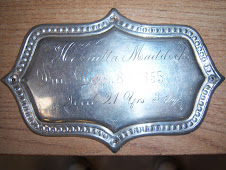
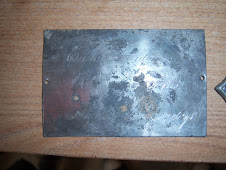







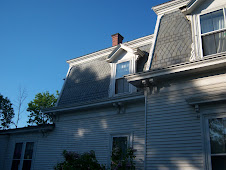












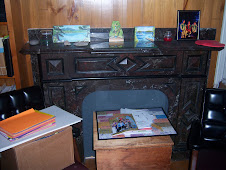






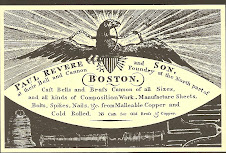



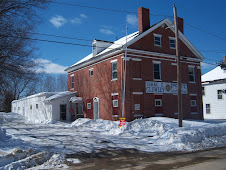

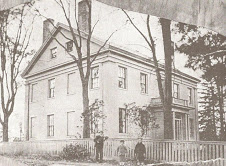













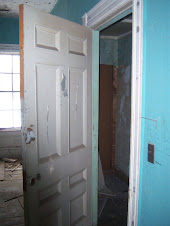


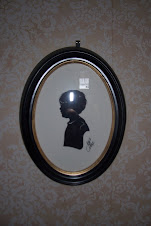

No comments:
Post a Comment